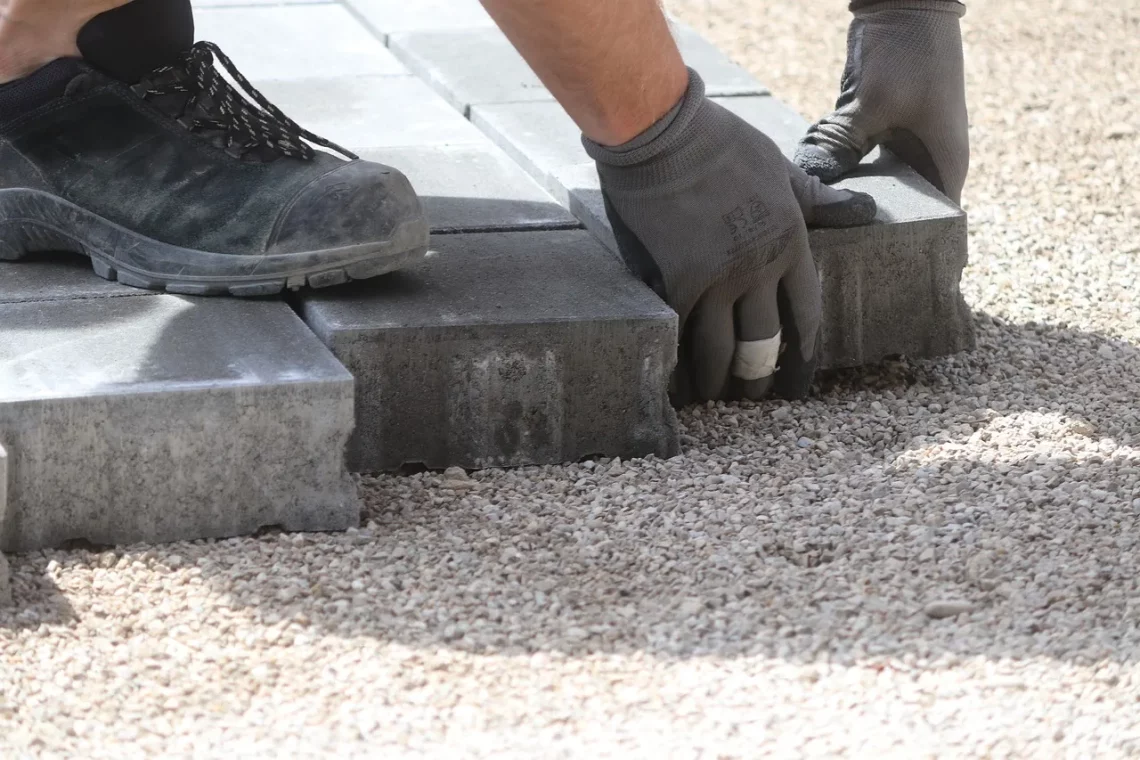
Essential Guide to Seizure Pads: Safety and Usage Tips
Seizures can be a terrifying experience, both for those who suffer from them and for those who witness them. Understanding how to manage these situations effectively is crucial for ensuring the safety and well-being of individuals experiencing seizures. One essential tool in this management is the seizure pad, a specially designed mat that provides a safe and cushioned surface for individuals during a seizure episode. These pads are not merely accessories but vital components of a comprehensive safety plan.
When a seizure occurs, the risk of injury due to falls or sudden movements increases significantly. Seizure pads help mitigate this risk by offering a soft landing, reducing the chance of head trauma or other injuries. These pads come in various shapes, sizes, and materials, all designed to cater to different needs and environments. As awareness of seizure disorders rises, more caregivers and family members are seeking guidance on how to use these pads effectively and safely.
In this guide, we will explore essential aspects of seizure pads, including their features, benefits, and best practices for usage. By understanding their role, caregivers can create a safer environment for those who may experience seizures, ultimately contributing to a more secure and supportive living space.
Understanding Seizure Pads: What Are They and How Do They Work?
Seizure pads are specifically designed safety mats that provide cushioning during seizure episodes. These pads are often constructed from high-density foam or other shock-absorbent materials that can effectively minimize the impact of falls. They are available in various sizes, making them suitable for use in different settings, such as home environments, schools, or care facilities.
The primary purpose of a seizure pad is to create a safe space for individuals who experience seizures. When a seizure occurs, the person may convulse, fall, or have uncontrolled movements. The seizure pad helps protect them from hard surfaces that could cause injury. Many pads are also designed to be non-slip, ensuring they remain in place during an episode.
In addition to physical protection, seizure pads can also provide emotional comfort. Knowing that there is a safe space designated for seizure episodes can ease anxiety for both the individual and their caregivers. This sense of security can be especially important in environments where the risk of injury is heightened, like schools or public spaces.
Moreover, seizure pads are often easy to clean and maintain. Many are made from materials that are resistant to moisture and stains, making them practical for everyday use. Some models even come with removable covers that can be machine-washed, ensuring hygiene and cleanliness.
Choosing the right seizure pad involves considering factors such as size, thickness, and material. It’s essential to select a pad that fits the individual’s needs and the environment in which it will be used. This careful selection can make a significant difference in the comfort and safety of the person experiencing seizures.
The Benefits of Using Seizure Pads
Using seizure pads offers several key benefits that can enhance safety and well-being for individuals with seizure disorders. One of the most significant advantages is the reduction of injury risk. Seizure episodes can lead to falls, which may result in head injuries, fractures, or other serious conditions. By providing a cushioned surface, seizure pads significantly decrease the likelihood of these injuries.
Additionally, seizure pads can help caregivers feel more confident in managing seizure episodes. Knowing that there is a designated safe area can alleviate some of the stress associated with witnessing a seizure. This peace of mind can lead to more effective care and a calmer environment, which is beneficial for both the individual experiencing the seizure and those around them.
Another important benefit is the versatility of seizure pads. They can be used in various settings, such as homes, schools, and healthcare facilities. This adaptability ensures that individuals can have access to safe environments no matter where they are. Furthermore, some pads are designed to be portable, allowing caregivers to take them along during outings or travel, ensuring safety on the go.
Seizure pads can also encourage independence for individuals with seizure disorders. With the assurance of a safe space, those who may have previously required constant supervision can engage in activities with more freedom. This independence is crucial for their emotional and psychological well-being.
Moreover, many seizure pads are designed to be aesthetically pleasing. They come in various colors and patterns, which can help integrate them into home decor or school environments without drawing unnecessary attention. This aspect can be particularly important for children, who may feel self-conscious about their condition and the equipment they use.
Best Practices for Using Seizure Pads
Using seizure pads effectively involves adhering to specific best practices to ensure maximum safety and comfort. First and foremost, it is crucial to place the seizure pad in a designated area that is free from hazards. This means ensuring there are no sharp objects, furniture corners, or other potential dangers nearby. The pad should be positioned in a way that allows for easy access should a seizure occur.
Regularly checking the condition of the seizure pad is also essential. Over time, pads can wear out, lose their cushioning, or become soiled. Routine inspections can help identify any issues that need addressing, ensuring that the pad remains safe and effective. If a pad is damaged, it should be replaced immediately to maintain safety standards.
Educating caregivers and family members about how to use seizure pads is another vital step. Everyone involved in the care of the individual should understand the importance of the pad and how to position it correctly. Training sessions can help familiarize caregivers with proper seizure management techniques, including how to safely assist someone during a seizure.
Furthermore, it is advisable to keep the seizure pad in a location that is easily accessible. This ensures that caregivers can quickly position the pad during a seizure, minimizing the risk of injury. It may also be beneficial to have multiple pads in various locations, especially in larger homes or facilities.
Lastly, maintaining open communication with healthcare professionals is important. Caregivers should discuss any concerns regarding seizure management and the use of seizure pads with the individual’s doctor or specialist. This collaboration can provide additional insights and recommendations tailored to the specific needs of the person experiencing seizures.
In summary, using seizure pads effectively requires diligence, education, and communication. By following best practices, caregivers can create a safer environment and provide the necessary support for individuals experiencing seizures.
Choosing the Right Seizure Pad for Your Needs
Selecting the appropriate seizure pad involves careful consideration of several factors. The first step is to assess the individual’s specific needs. This includes evaluating the frequency and type of seizures they experience, as well as their age and physical condition.
For instance, children may require smaller pads that are easier to transport, while adults may benefit from larger pads that provide more coverage. Additionally, those who experience more intense or prolonged seizures may need thicker pads with extra cushioning to ensure adequate protection.
Material is another critical consideration. Some pads are made from foam, while others may use gel or air-filled materials. Each type has its benefits, with foam pads often being more affordable and lightweight, while gel or air-filled options can provide superior shock absorption. It’s essential to choose a material that aligns with the individual’s comfort preferences and safety requirements.
Another factor to consider is the pad’s ease of maintenance. Look for pads that are easy to clean and resistant to stains and moisture. Removable covers can be particularly helpful, allowing for quick washing and ensuring the pad remains hygienic.
Cost is also an important consideration. While it’s crucial to prioritize safety, budgets can vary significantly. Researching different brands and models can help identify options that provide quality protection without breaking the bank.
Finally, reading reviews and seeking recommendations from healthcare professionals or other caregivers can provide valuable insights into which pads are most effective. Personal experiences can highlight the strengths and weaknesses of various products, guiding you toward the best choice for your needs.
By carefully evaluating these factors, you can choose a seizure pad that not only enhances safety but also provides comfort and peace of mind for both the individual and their caregivers.
In conclusion, while seizure pads play a vital role in ensuring safety during seizure episodes, it is important to remember that this article is not a substitute for medical advice. If you have health concerns or questions about seizure management, please consult a healthcare professional for guidance tailored to your specific situation.




